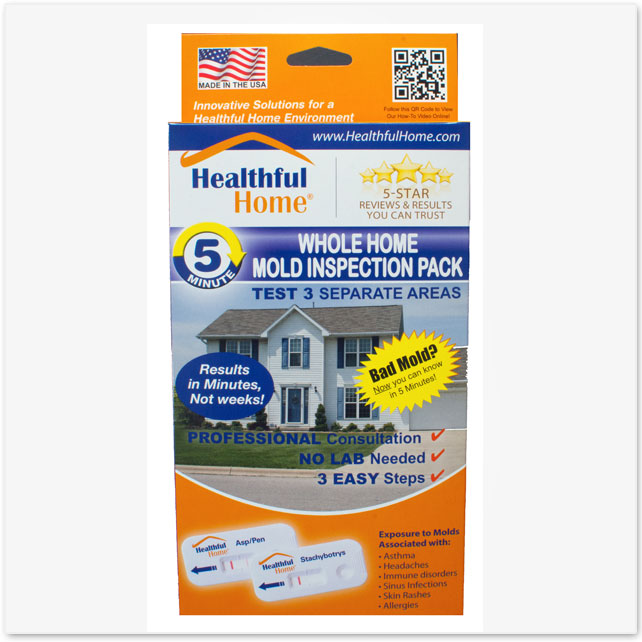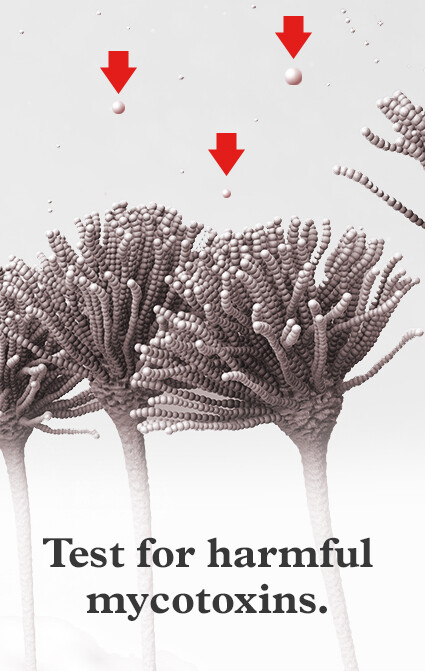Comprehending the Relevance of Dependable Mycotoxin testing Services
Comprehending the Relevance of Dependable Mycotoxin testing Services
Blog Article
How Mycotoxin Testing Helps Protect Against Contamination and Safeguard Food Products

Mycotoxin testing is an important method in the food sector, acting as a frontline protection against contamination by hazardous contaminants created by mold and mildews. With the application of advanced techniques like High-Performance Fluid Chromatography (HPLC) and Liquid Chromatography-Mass Spectrometry (LC-MS), food producers can accurately spot and quantify mycotoxin degrees in agricultural items. This proactive technique not only makes certain compliance with rigorous safety policies however also alleviates health and wellness threats to customers. Moreover, regular screening strengthens brand name reputation and financial health and wellness by decreasing contamination-related occurrences. So, how specifically do these screening procedures integrate into the wider food safety and security strategy?
Comprehending Mycotoxins
Comprehending mycotoxins begins with acknowledging that they are toxic secondary metabolites created by particular mold and mildews, which can contaminate agricultural items. These metabolites are not essential for the development or reproduction of the fungis yet can have severe effects for animal and human wellness. Mycotoxins are typically located in staple plants such as corn, wheat, barley, and nuts, where they can multiply under particular conditions of moisture and temperature level.
There are a number of kinds of mycotoxins, each generated by various fungal types. Fusarium types produce trichothecenes and fumonisins, both of which are linked with different acute and persistent wellness issues.

Dangers of Mycotoxin Contamination
The threats of mycotoxin contamination are multifaceted, posturing substantial risks to both food safety and security and public health. Mycotoxins, harmful substances produced by particular kinds of fungis, can contaminate a vast array of agricultural products including cereals, nuts, spices, dried out fruits, and coffee. Once these contaminants infiltrate the food supply, they can lead to serious health and wellness issues such as liver damages, kidney failing, and also cancer. Prone populaces, including kids, the elderly, and immunocompromised people, are especially in danger.
Financial impacts are another significant problem. Polluted plants can lead to significant monetary losses for farmers and food producers due to reduced yields and the need for costly decontamination steps. Global profession can be dramatically hindered as nations enforce stringent mycotoxin policies to protect their populaces, leading to rejected deliveries and stretched profession connections.
Environmental elements such as environment change exacerbate the threat of mycotoxin contamination. Variations in temperature level and moisture can create favorable problems for fungal development, increasing the possibility of contamination events. Therefore, understanding and mitigating these risks are critical for making certain the safety and honesty of global food products.
Techniques of Mycotoxin Testing
Precisely identifying mycotoxin contamination in agricultural products is vital for guarding public wellness and keeping food security standards. Different methods are used to discover and quantify mycotoxins, each offering specific benefits and limitations.
High-Performance Liquid Chromatography (HPLC) is a commonly used technique due to its high sensitivity and precision. It involves dividing mycotoxins from various other compounds the original source in a sample, allowing precise metrology. Liquid Chromatography-Mass Spectrometry (LC-MS) incorporates liquid chromatography with mass spectrometry to offer thorough molecular info, making it specifically valuable for determining multiple mycotoxins all at once.

Gas Chromatography-Mass Spectrometry (GC-MS) and Thin-Layer Chromatography (TENDER LOVING CARE) are likewise used, each with special applications. GC-MS works for unpredictable mycotoxins, while tender loving care offers a simpler, affordable alternative for preliminary testing.
Benefits of Routine Testing
Routine testing for mycotoxins in farming products uses various advantages, substantially contributing to public wellness and food safety. By recognizing contamination early, routine screening aids prevent the circulation of poisonous foods, thus lowering the danger of mycotoxin-related diseases amongst consumers. This positive technique not only safeguards human wellness however additionally boosts the overall top quality of food materials.
Regular testing also supports regulative conformity. Various countries and regions have developed rigorous limitations for mycotoxin degrees in food and feed. Complying with these limits via normal screening makes sure that manufacturers and distributors meet lawful criteria, therefore avoiding fines and profession obstacles. Furthermore, preserving conformity cultivates customer depend on and brand track record, which are critical for market success.
In addition, regular mycotoxin testing can bring about considerable economic advantages. Early discovery of contamination allows for prompt intervention, lowering prospective losses from widespread contamination. Executing routine screening methods can likewise decrease recall expenses and related obligations, which can be financially ravaging.
Furthermore, regular testing offers beneficial data that can educate better discover this info here farming methods and storage conditions. By recognizing patterns of contamination, producers can adopt safety nets, thereby minimizing future dangers and contributing to the sustainability of the food supply chain.
Executing Evaluating Protocols
Executing efficient mycotoxin testing procedures is critical for making certain the security and high quality of farming products. Each stage has to be looked at to pinpoint where mycotoxin contamination is most likely to take place.
As soon as vital control points are recognized, choosing ideal screening methods is crucial. Usual techniques consist of enzyme-linked immunosorbent assay (ELISA), high-performance fluid chromatography (HPLC), and mass spectrometry (MS) Each method has its weak points and toughness; therefore, selecting the correct one depends on the specific mycotoxin being evaluated, the called for sensitivity, and readily available resources.

Finally, incorporating the testing protocols right into a comprehensive food safety monitoring system is recommended. This enhances traceability and enables swift restorative actions when contamination is detected, thus safeguarding the integrity of the food supply chain.
Verdict
Mycotoxin screening is necessary in stopping contamination and safeguarding food supplies by enabling early detection of harmful toxic substances generated by mold and mildews in agricultural products. Advanced methods such as HPLC and LC-MS make sure conformity with safety regulations and shield view publisher site customers from health and wellness threats. Normal testing improves brand online reputation, economic stability, and rely on food safety and security by minimizing contamination-related losses and preserving high standards in food manufacturing. Implementing extensive screening protocols is therefore necessary for the sector's total well-being.
Mycotoxin testing is an indispensable technique in the food market, serving as a frontline defense against contamination by harmful toxic substances created by mold and mildews. An incorporated strategy including agricultural methods, storage space management, and regular testing can mitigate the threats associated with mycotoxin contamination, guaranteeing food security and public wellness.
The risks of mycotoxin contamination are complex, presenting considerable risks to both food safety and security and public health.Regular screening for mycotoxins in agricultural products uses various benefits, dramatically contributing to public health and food security.Mycotoxin testing is essential in preventing contamination and safeguarding food materials by allowing early discovery of dangerous toxins created by mold and mildews in agricultural products.
Report this page